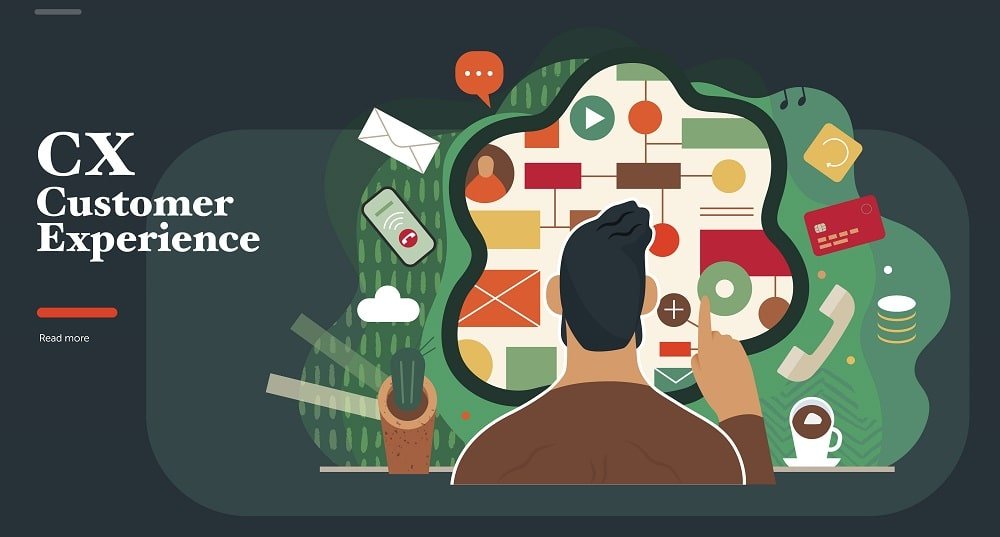Businesses are started with distinct objectives aiming different types of customers. In present technological era, you have top customer experience management tools available to track, record, and use for future business development. Customer experience management tools come with various specifications, based on their utilities and types of customer handling. Are you an entrepreneur and looking for the best tool which can help you to connect with your customers better and understand their requirements related to your business? Here we have listed down few basic types of customer experience management tool from which you can choose the best relevant to your requirement.
Types of customer experience management are:
A/B testing:
Either a product based company or service based, knowing the conversion rate helps them better to improve their online presence and provide much relevant services. A/B testing helps you to understand the deep insight of your website and giving you information about the likes and dislikes of your targeted customers.
In-page web analytics:
Tracking the activities of your users on your website can help you to understand them better. CEM platforms are capable of providing an in-depth In-page web analytics giving you information about the mouse movement, clicks, and navigations on the screen. By tracking these details you can track a customer’s shopping ideas and can serve them with the personalized solutions.
Content management:
Type and quality of communication can be a potent solution for your business to build a robust connection with your customers. Most of the businesses started incorporating content management in their business procedures. Content management system allows the business to improve the quality of their content creation and make it ready to publish with the most creative and engaging templates.
Survey and form building:
Try to reach out all the customers with the means of online survey allowing them to share their experience with your brand. IF they had a great experience it will be the best branding way that spreads a good word about your brand to other fellow users. But if you receive a bad review then it’s an alarm for your brand to enhance the quality.



